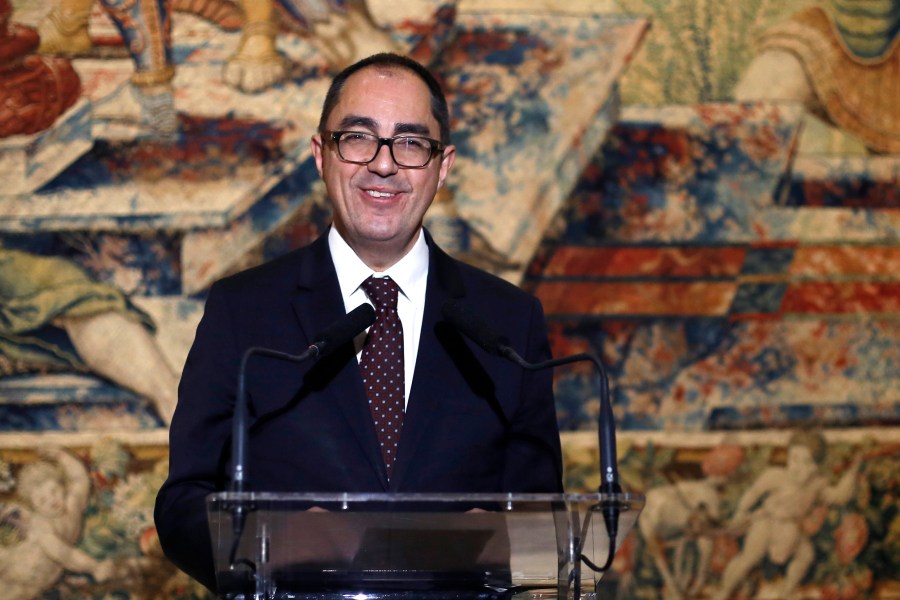URGENT UPDATE: French authorities are racing against time to recover the stolen crown jewels from the Louvre Museum as demands for transparency about their colonial origins intensify. The theft, which occurred on October 19, 2023, has ignited a conversation about France’s imperial past and the artifacts that symbolize it.
Experts are seizing this moment to urge the Louvre and other European museums to openly confront the uncomfortable histories tied to their collections. The stolen gems, which include sapphires from Sri Lanka, diamonds from India, and emeralds from Colombia, reflect a legacy of colonial exploitation that demands acknowledgment.
“There is obviously no excuse for theft,” stated Emiline C.H. Smith, a criminologist at the University of Glasgow specializing in heritage crime. She emphasized that the context of these jewels complicates public understanding of their significance. While their theft is a criminal act, the circumstances surrounding their acquisition raise ethical questions that cannot be ignored.
As investigators pursue leads and charge suspects in the theft, fears grow that the jewels could be dismantled or melted down. Experts warn that although these artifacts are too iconic to be easily fenced, their intrinsic value makes them a target for quick monetization.
According to the Louvre’s own catalog, the stolen diadem of Queen Marie-Amélie features “Ceylon sapphires” set in gold, yet fails to address the origins of these materials. This lack of transparency has drawn criticism from scholars like Pascal Blanchard, who highlights that while the jewels were crafted in France, their raw materials were sourced through colonial networks that exploited labor and resources.
Calls for restitution echo globally, with India leading campaigns for the return of the legendary Koh-i-Noor diamond, currently housed in the UK. This ongoing struggle reflects broader questions regarding the rightful ownership of cultural treasures acquired during colonial times.
The fallout from the Louvre heist could be significant, as it joins a chorus of other restitution demands, including Greece’s push to reclaim the Parthenon Marbles and Egypt’s request for the Rosetta Stone. These cases highlight a growing awareness and urgency surrounding the need for accountability in museum practices.
Critics argue that France’s approach to restitution has been hesitant and limited. Although President Emmanuel Macron has made steps toward returning artifacts to African nations, the broader structural barriers remain intact. Current laws restrict the removal of state-held objects without parliamentary approval, leading to a chilling effect on potential restitution claims.
The public outcry surrounding the stolen jewels is seen as a pivotal moment for museums worldwide. Monica Hanna, an Egyptian archaeologist, pointed out the irony of the theft triggering this conversation about restitution and transparency. Experts believe that the Louvre heist may galvanize action toward greater accountability and ethics in museum collections.
Moving forward, experts advocate for a more transparent approach in museums. This includes clear labels acknowledging the origins of artifacts, the historical context of their acquisition, and the complexities tied to their stories. “Tell the honest and complete story,” urged Jos van Beurden, a Dutch restitution specialist, emphasizing the need for openness in addressing colonial histories.
The urgent need to confront these issues has never been clearer. As France embarks on the investigation into the theft of its crown jewels, the larger conversation about the implications of colonialism on cultural heritage continues to unfold.







